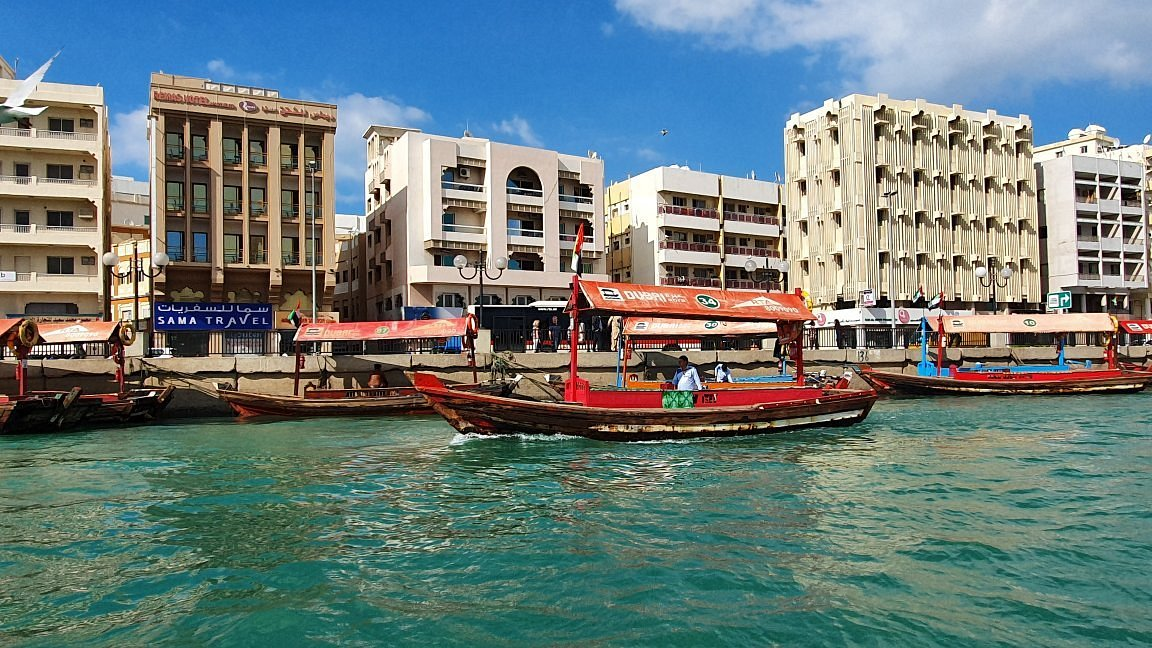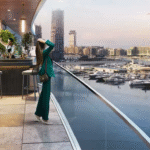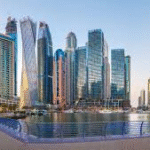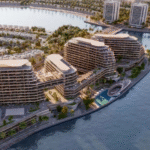Now Reading: Step Back in Time: Explore Al Fahidi District’s Timeless Beauty!
-
01
Step Back in Time: Explore Al Fahidi District’s Timeless Beauty!
Step Back in Time: Explore Al Fahidi District’s Timeless Beauty!
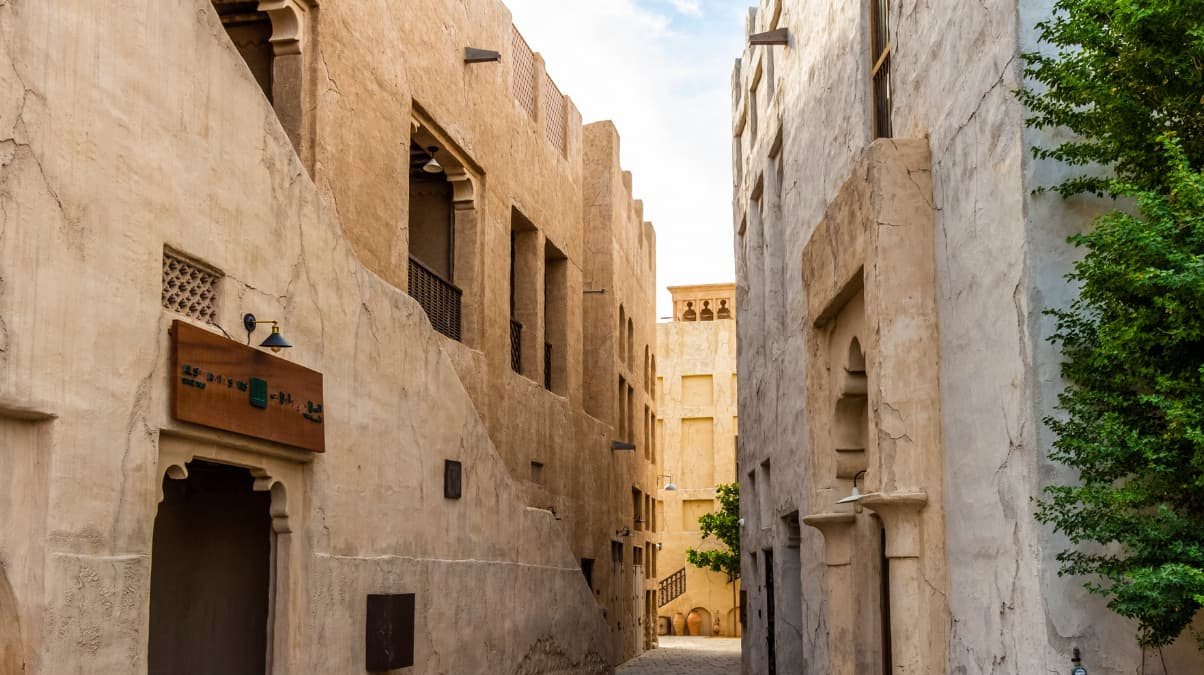
When people think of Dubai, they usually imagine tall skyscrapers, luxury hotels, and modern shopping malls. But there is another side to this glamorous city—a peaceful, beautiful place full of history and culture. Welcome to the Al Fahidi Historical District, a treasure hidden in the heart of old Dubai. This place is a must-see for anyone who wants to learn about the city’s past and discover its real charm.
What is Al Fahidi Historical District?
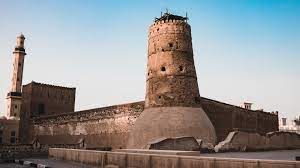
The Al Fahidi Historical District, also called Al Bastakiya, is one of the oldest neighborhoods in Dubai. Built in the late 19th century, this area shows how people lived in Dubai long before oil was discovered. The district covers a small area near Dubai Creek and is famous for its beautiful wind-tower architecture, narrow lanes, and sandy-colored buildings.
Walking through Al Fahidi feels like stepping back in time. The tall wind towers on the buildings were an early form of air conditioning, helping cool the homes during the hot summer months. These towers are unique to this region and are a smart example of how local people adapted to the desert climate.
Why Should You Visit Al Fahidi Historical District?

- Experience Authentic Emirati Culture:
Al Fahidi is the best place to experience what life was like in Dubai before it became a modern city. You can see traditional houses, courtyards, and mosques that have been carefully preserved. - Explore the Dubai Museum:
Located nearby in the Al Fahidi Fort, this museum is perfect for anyone who wants to learn more about Dubai’s history. The museum shows old tools, weapons, musical instruments, and models of old souks and houses. You can also see how pearl divers and fishermen lived in the past. - Enjoy Art and Creativity:
Today, Al Fahidi is also a center for art and culture. Many of the old houses have been turned into art galleries, workshops, and studios. The Mawaheb Gallery and the XVA Gallery are famous spots where local and international artists display their work. If you enjoy art, you will love exploring these creative spaces. - Relax at Traditional Cafés:
After exploring, you can sit at one of the peaceful cafés like the Arabian Tea House, where you can try local food and drink fresh mint tea or Arabic coffee. The shaded courtyards and calm atmosphere make it a perfect break from the busy city. - Join Cultural Programs:
The Sheikh Mohammed Centre for Cultural Understanding (SMCCU) is located here. It offers guided tours, traditional Emirati meals, and question-and-answer sessions where visitors can learn about Emirati customs, religion, and traditions in a friendly way. Their motto is “Open Doors, Open Minds.”
A Perfect Spot for Photography Lovers
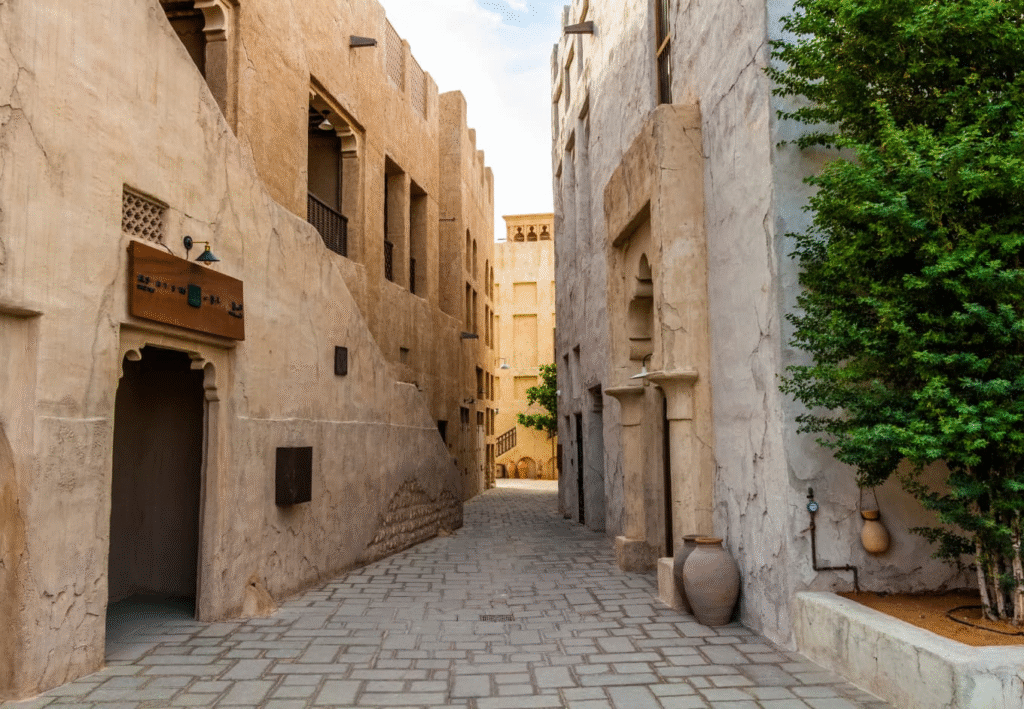
The district is a dream for photographers. The play of sunlight and shadows in the narrow lanes, the old wooden doors, and the peaceful courtyards create beautiful photo opportunities. Whether you are a professional photographer or just using your phone camera, you will find plenty of wonderful scenes to capture.
When to Visit Al Fahidi Historical District?
The best time to visit is during the cooler months from November to March, when the weather is pleasant for walking. Early mornings or late afternoons are ideal to avoid the heat and enjoy soft natural light for photography.
How to Reach Al Fahidi Historical District?
Al Fahidi is easy to reach from anywhere in Dubai. You can take the Dubai Metro to the Al Fahidi Station on the Green Line. From there, it is just a short walk to the district. Taxis and buses also serve the area. If you are staying near Dubai Creek or Bur Dubai, you can enjoy a traditional abra ride across the creek to reach Al Fahidi.
Things to Remember During Your Visit
- Dress Modestly: Since this is a cultural and historical area, it’s polite to wear modest clothes.
- Respect the Culture: Be mindful when taking pictures, especially of people. Some locals may not want to be photographed.
- Try Local Food: Don’t miss the chance to enjoy Emirati snacks like dates, luqaimat (sweet dumplings), and Arabic coffee.
A Blend of the Past and the Present
What makes Al Fahidi Historical District special is its ability to blend the past with the present. While the area stays true to its historical roots, it also welcomes modern art, education, and creativity. This unique mix makes the district interesting not only for tourists but also for local residents who want to stay connected to their cultural heritage.
Al Fahidi District in Global Recognition
Over the years, Al Fahidi Historical District has gained global attention. It is often listed in travel guides as one of Dubai’s top attractions. Famous personalities, artists, and writers from around the world have visited the district to admire its charm and draw inspiration from its peaceful surroundings.
Final Thoughts: Why Al Fahidi Historical District Must Be on Your Dubai Itinerary
If you want to see the real Dubai—the Dubai of pearl divers, traders, and craftsmen—you must visit Al Fahidi Historical District. It is a place that tells stories of a simpler time when life moved slower and people lived in harmony with the desert environment.
Whether you are a history lover, a culture explorer, an artist, or simply someone looking for a quiet corner in the busy city, Al Fahidi Historical District welcomes you with open arms. This is not just a tourist spot; it is the heart and soul of old Dubai.
Read More:- Shobha Realty Launches Its Most Luxurious Project Yet—Full Details Inside 2025



